8. Leave No Trace (2018)

Debra Granik shot to limelight with the Vera Farmiga indie-starrer ‘Down to the Bone’. Her observant and disturbing presentation of drug abuse proved to be her big break. ‘Leave No Trace’ marks only her third full-feature length film, with her primary efforts directed towards filming documentaries. Her latest stars Ben Foster and Thomas McKenzie as a father-daughter duo, whose temporary shelter in a public park is upended by local authorities.
The two are relocated to a new house, where they come across a new, upgraded lifestyle. They quickly grow out it and decide to move, this time to a place where they are untraceable.
The emotional ferocity of the performances s over to the other side with an aching melancholy. Granik’s eye for close-ups and personal moments translate into provocative exchanges between the father and daughter. McKenzie’s star-turning performance is a welcome surprise. She might turn out be another star in a series of cinematic discoveries by Granik, which includes names like Jennifer Lawrence and Vera Farmiga. ‘Leave No Traces’s compelling story comes alive with its urgent thematic exposition and a low-key approach that is wildly effective. Undoubtedly one of the best movies of the year.
7. Wendy and Lucy (2008)
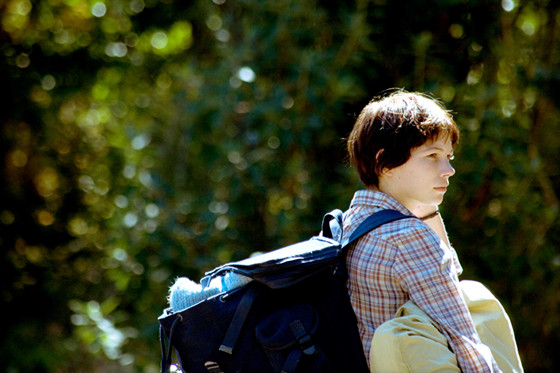
‘Wendy and Lucy’ tells the story of its titular pair; a young, vagrant woman, planning a trip to Alaska for work, with her dog, Lucy, who is also her only friend. Wendy’s shoestring budget falls short of affording dog food for Lucy. In an attempt to shoplift some food, Wendy is arrested. She returns to find Lucy not at the place where she left her. A desperate search begins, which must yield result to Wendy, around whom hope is quickly receding.
It is remarkable how realistically Reichardt’s aching story captures the essence of its real-life ethos. Her recreation of the social minutia in rural Oregon is in stunning fashion breathed to life with a magnificent lead performance by Michelle Williams. She embodies the longing, at times, restless, spirit of Lucy with remarkable brevity and nuance.
By the time the film ends, you know even lesser of what you did about Wendy at the start; the mystery about her remains intact. ‘Wendy and Lucy’s beating heart is the story it tells, whose sparse and ordinary characters profess an extra-ordinary appetite for human empathy and compassion.
6. Zero Dark Thirty (2012)
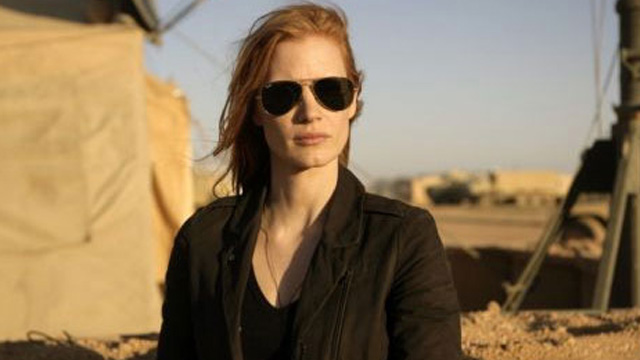
Osama Bin Laden’s reign of terror was finally put to rest by a regiment of brave Special Operations SEAL personnel on 2 May 2011. ‘Zero Dark Thirty’ traces the almost decade-long manhunt for the wanted mastermind behind the 9/11 attacks. Jessica Chastain stars as Maya, a fictional character for the purposes of dramatization, who is the central figure in the entire operation.
Mark Boal, who also collaborated with Bigelow on ‘Hurt Locker’, presents a comprehensive script, whose nuanced and detailed description of the terror outfit al-Qaeda’s functioning greatly benefit the film. Zero Dark Thirty’s nearly authentic retelling of Bin Laden’s killing is a riveting visual experience, replete with stunning performances and a dedicated job behind the camera by Bigelow, that confirms her status as the greatest woman-director of all time.
5. The Rider (2017)
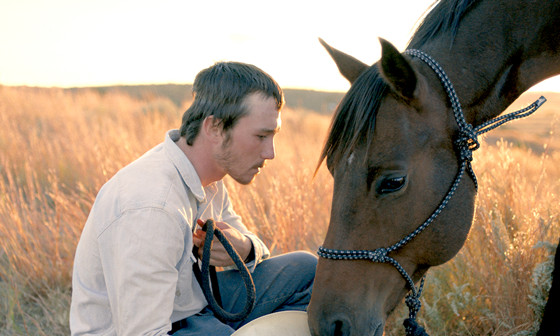
With ‘The Rider’, director Chloe Zhao creates the year’s most compelling story and in Brady Blackburn a compounding challenge to anyone who thinks his or her life serves a purpose. Brady’s career as a rodeo comes to an end with an unfortunate accident on the ground. Although it leaves him competent to lead a dignified life, Brady’s heart is set on returning to his haven. After suffering multiple seizures, doctors warn him of life-threatening consequences if he continues. Will Brady listen to his own beating heart, or see his purpose in life go unrealized?
Zhao raises this complex choice for Brady’s consideration through great patience and diligence. With the perspective of an outsider, Zhao simply allows life to happen as it is around Brady, sculpting the mood of the story aligning not with its protagonist but the inevitable choice he has to make. Seeing the climax almost throws one’s mind back to the 2008 Mickey Rourke starrer The Wrestler. Randy’s suicidal plunge into oblivion was a spectacular end to his journey as a worn-out, fading professional. Brady finds himself in a similar situation, at least in the end.
The ensemble, largely made up of non-actors, feels like an extension of our daily lives; naturalistic and human, rather than scripted props in a narrative on paper. They become an essential part of Zhao’s cinematic universe and breathe precious life into their characters.
‘The Rider’ is an overlooked masterpiece that will undoubtedly rest on indie cinema’s grandeur mantle as a valued souvenir.
4. Almayer’s Folly (2011)

Chantal Akerman’s loss in 2015 shook the world. One of the most decorated female directors of all time, she is best known for her 1975 masterpiece, ‘Jeanne Dielman, 23 quai du Commerce, 1080 Bruxelles’. Akerman’s filmography is replete with female-centric themes, although she herself never embraced labelling of her work. Her brand of cinema has often taken on the challenge of authentically representing social realism on screen, something she has been able to do with enviable grace and splendor.
Through her troubled titular lead, Akerman explores human greed and the impact of the suffering it brings. The plot of the film, revolving around mercahnt Kasper Almayer’s tryst to secure her daughter Nina’s life, is based on Joseph Conrad’s novel of the same name from 1895. The film is a beuatiful cinematic study of its coarse subject matter, realized with exemplrary craft and patience by Akerman. Her slow, deliberate style gradually builds the story up to become an emotionally draining drama.
One flaw, though, that was found was in the performance of Nina. Aurora Marion, who plays Nina, strarts brightly with great vigor and charisma, seamlessly embodying the character’s vulenrable and hesitant state. But, as the movie progresses, she becomes resigned from the character’s spirit and instead overplays Nina’s shooken state.
Overall, Akerman’s slow-burning drama is a difficult watch with its heavy moral undertones, but is yet another instance where the legendary filmmaker reaffirms her status as a modern visionary and a director, whose spirit will always remain alive through her work.
3. You Were Never Really Here (2017)
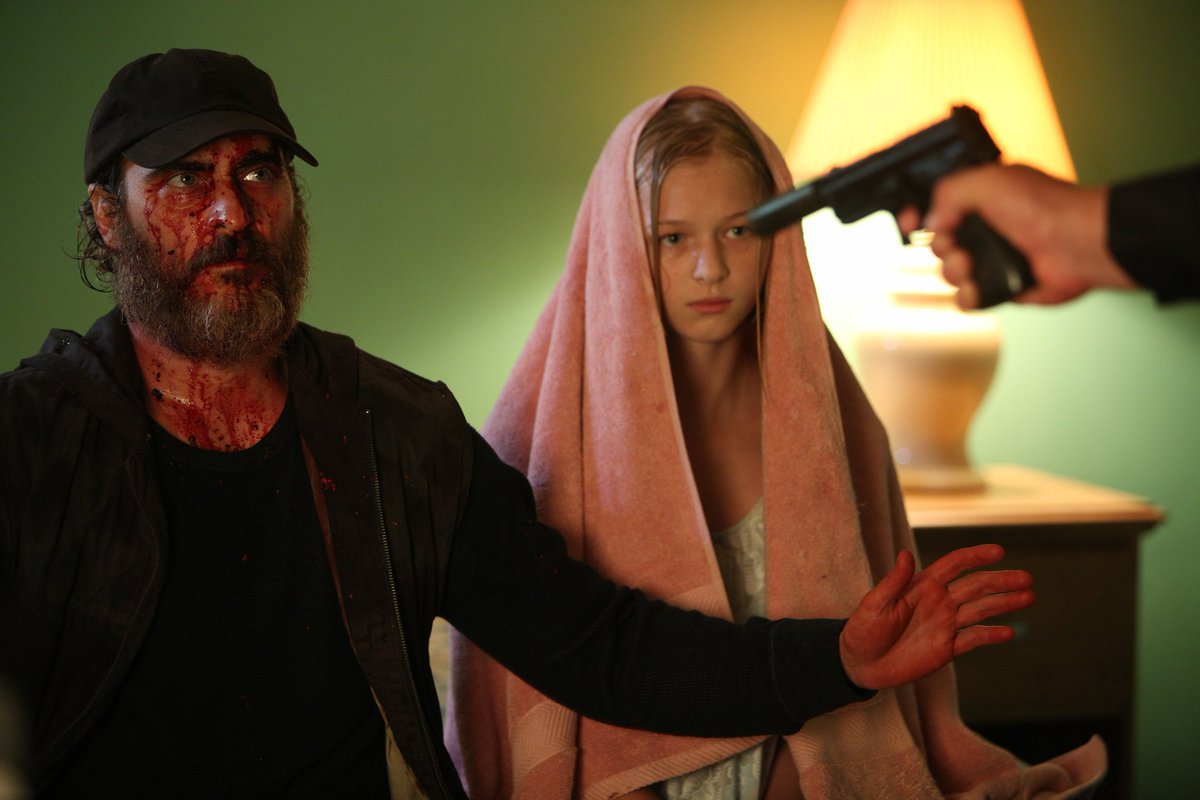
Lynne Ramsey has never managed to put a dull moment on screen. Every second of ‘You Were Never Really Here’ is so emotionally absorbing and nerve-wracking; you are almost left short of breath.
Joaquin Phoenix takes on the character of Joe with immense sincerity and honesty. His refined performance offers great depth in Joe’s gravest insecurities and fears. Phoenix’s expressive face admirably brings out the character’s inner turmoil of being caught between two worlds and makes it one of the most seamless transitions from paper to screen.
The brilliant depiction of violence, that is uniquely understated, undoubtedly becomes the highlight of Ramsey’s directorial achievements. Ramsey’s guarded, suicidal protagonist will go down as one of the most intense and tangible character-studies attempted in the 21st century and her heart-throbbing thriller as the holy-grail for directors attempting to replicate human grief on screen.
2. 35 Shots of Rum (2008)

Lionel lives alone in an apartment with his daughter, Josephine. An RER driver by profession, Lionel is divorced and often finds himself longing for e better life, but remains largely content with his humble life. The duo deeply cares for each other, through thick and thin, rarely interacting with other occupants. The few people they do share their lives with, become central figures in their tryst for a different life.
35 Shots of Rum’s non-plotted narrative has a patient build-up. The slow-burner creates a melancholic mood in its exploration of human grief and loss. Claire Denis’ thematic arch provides an opportunity to the leads to get in the skin of the characters, which they successfully manage. While the movie might test many who expect tightly constructed, lively films, 35 Shots of Rum’s appeal and emotion is universal, one that resonates within the contours of every family across the globe.
1. The Hurt Locker (2008)
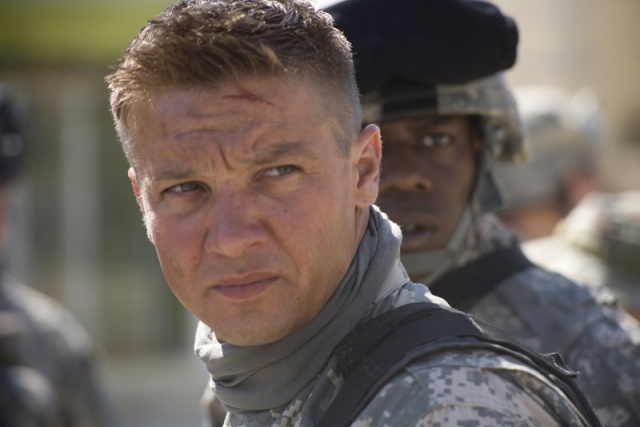
Kathyrn Bigelow made history with ‘Hurt Locker’ becoming the first female director to win the Best Director award at the Oscars, in the process also making the film the first Best Picture winner to have been directed by a woman.
The taut suspense-thriller revolves around an explosive disposal team in the Iraq war, who are constantly targeted by insurgents, and depicts the varying psychological effects of war on the soldiers. Although there have been many films before ‘Hurt Locker’ dealing with the same subject-matter, none have been able to replicate the palpable tension that permeates through the running time.
Over her career, Bigelow’s directorial techniques have been non-conformist to traditional filming approaches, which is ubiquitous in ‘Hurt Locker’. She makes use of several cameras to gauge multiple perspectives, extensively covering almost every blade of grass in her scenes.
The urgent direction and a heightened sense of self-awareness successfully create a visceral energy that is at once consuming and personal. The muscular editorial style often leaves you breathless and exhausted. Almost exclusively shot on-location, ‘Hurt Locker’ feels like a first-hand experience of a soldier right from his personal diary; a vivid, dream-like description of an earthy reality.